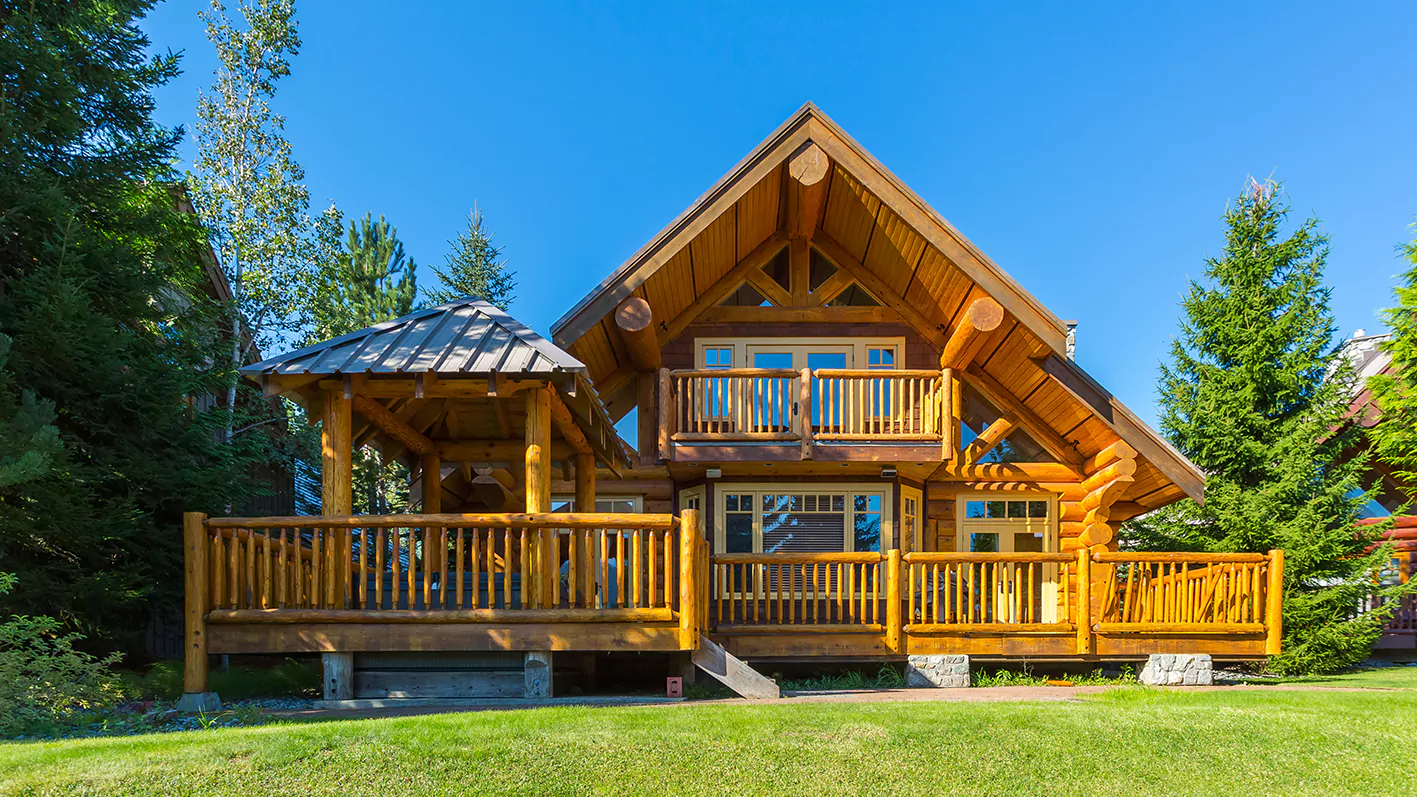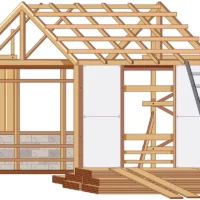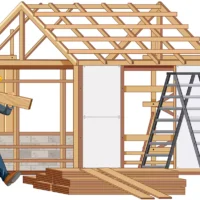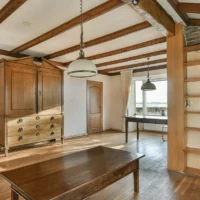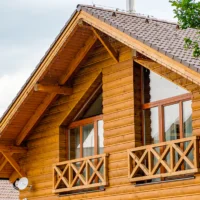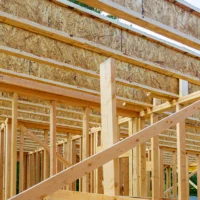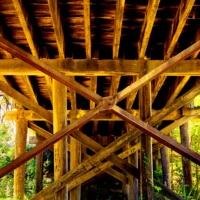Table of Contents
Introduction to Wood Beam Types
When it comes to structural support in construction, wood beams are among the most versatile and widely used materials. Whether you’re building a home, a deck, or a commercial space, understanding the different wood beam types is crucial to ensuring safety, durability, and aesthetic appeal. This guide dives deep into the most common wood beam types, their characteristics, benefits, and typical applications to help you make an informed decision.
What Are Wood Beams?
Wood beams are horizontal structural elements that support loads by spanning open spaces between vertical supports such as columns or walls. They carry weight from floors, roofs, or decks and transfer it to the foundation. Depending on the beam’s design and material, they can handle various load capacities and environmental conditions.
Importance of Choosing the Right Wood Beam
Selecting the appropriate wood beam type affects both the strength and longevity of your structure. The wrong beam choice can lead to excessive deflection, structural failure, or costly repairs. Factors like load requirements, span length, budget, and aesthetic preference all influence the decision. Using engineered or specialty beams can offer advantages like greater strength and resistance to warping, making it critical to understand your options.
Different Types of Wood Beams
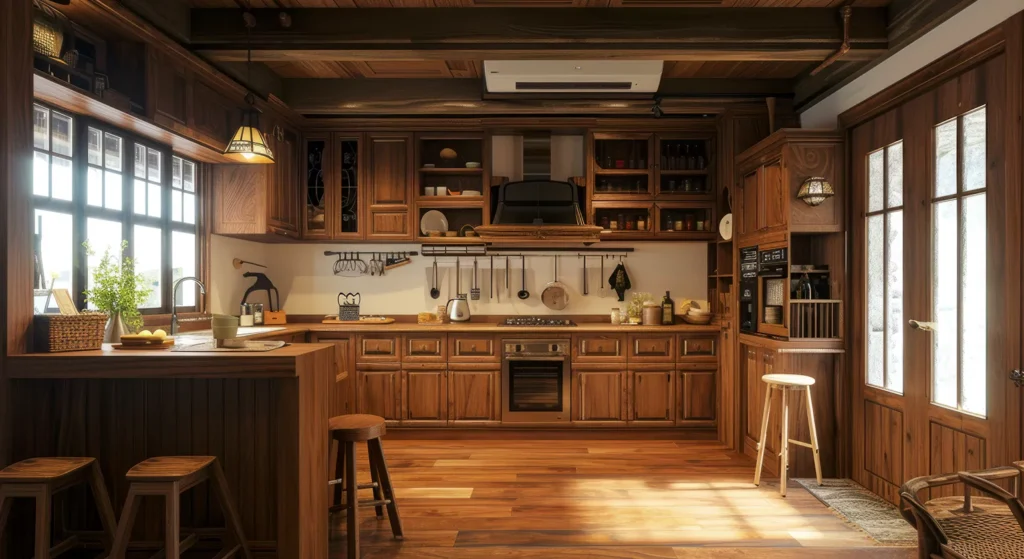
Here’s a detailed breakdown of the most popular wood beam types used in construction today:
Solid-Sawn Lumber Beams
Solid-sawn beams are the traditional, single-piece wood beams cut directly from logs. Commonly made from species like Douglas Fir, Southern Pine, or Oak, these beams are favored for their natural appearance and strength. However, they can be prone to warping or splitting over time, especially in humid conditions. They are ideal for short to moderate spans and projects where natural aesthetics are a priority.
Engineered Wood Beams
Engineered beams are manufactured by bonding wood fibers, veneers, or strands together with adhesives. These beams are designed to offer enhanced strength, stability, and uniformity compared to solid-sawn lumber. Because they are less prone to twisting or shrinking, engineered beams are suitable for longer spans and heavy load applications.
Glulam Beams (Glued Laminated Timber)
Glulam beams consist of multiple layers of wood laminations glued together. This layering allows the beam to achieve high strength and stiffness while maintaining a natural wood look. Glulam is often used in architectural applications where exposed beams create visual appeal, such as cathedral ceilings or bridges. These beams can be fabricated in custom shapes and lengths, making them highly versatile.
LVL Beams (Laminated Veneer Lumber)
LVL beams are created by layering thin wood veneers glued together with grains aligned. They provide excellent strength and dimensional stability, making them perfect for long spans and heavy loads. LVL beams are commonly used in floor joists, headers, and roof rafters. Because of their engineered nature, LVL beams resist warping better than solid wood.
PSL Beams (Parallel Strand Lumber)
PSL beams are manufactured by bonding long wood strands in parallel alignment with strong adhesives. This process creates beams that are incredibly strong and ideal for demanding structural applications like beams and columns in commercial buildings. PSL beams typically have a consistent appearance and are less susceptible to defects found in natural wood.
LSL Beams (Laminated Strand Lumber)
LSL beams are similar to PSL but use shorter wood strands bonded together. They offer good strength and uniformity at a more affordable price point, making them suitable for smaller beams and rim boards. LSL beams provide better dimensional stability than solid wood and are commonly used in residential construction.
Box Beams
Box beams are hollow, rectangular beams made from plywood or lumber panels assembled to form a box shape. This design reduces weight while maintaining strength and rigidity. Box beams are popular in decorative applications or where concealing utilities is necessary. Their hollow core also allows easier integration of electrical wiring or plumbing.
Flitch Beams
Flitch beams combine a steel plate sandwiched between two wood beams, typically solid-sawn lumber. This hybrid design boosts strength and load-carrying capacity while maintaining the natural look of wood. Flitch beams are excellent for retrofit projects where additional strength is needed without replacing the entire beam.
Timber Frame Beams
Timber frame beams refer to large, often hand-hewn or milled beams used in traditional timber framing methods. These beams are typically heavy, thick, and visually striking. Timber frame beams are favored in rustic or historic-style architecture and are prized for their durability and craftsmanship.
Comparison Table: Wood Beam Types by Strength, Cost & Applications
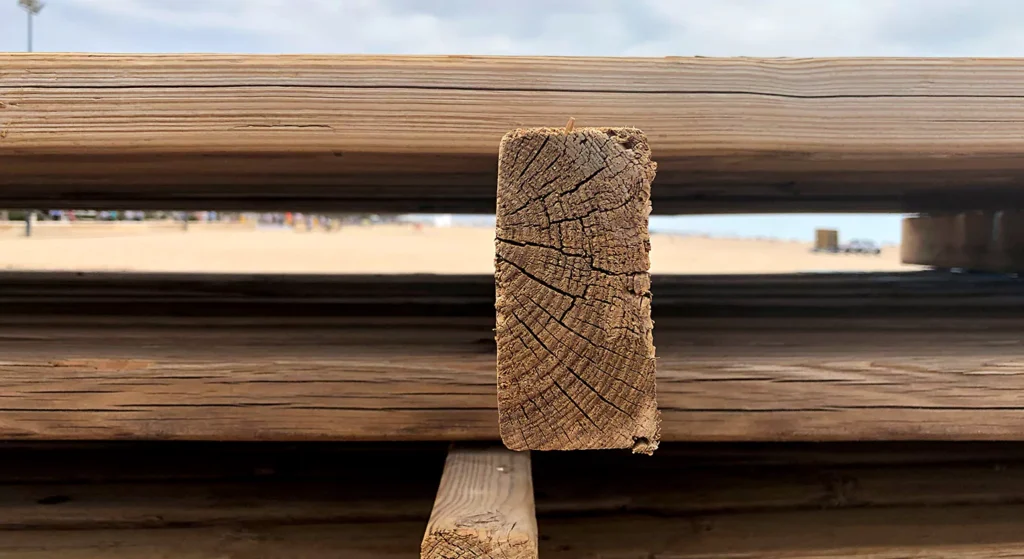
Beam Type | Strength | Cost | Typical Applications |
Solid-Sawn Lumber | Moderate | Low | Residential framing, short spans |
Glulam | High | High | Architectural beams, long spans |
LVL | High | Moderate-High | Floor joists, headers, roof rafters |
PSL | Very High | High | Commercial beams, heavy loads |
LSL | Moderate-High | Moderate | Rim boards, small beams |
Box Beams | Moderate | Moderate | Decorative beams, concealed utilities |
Flitch Beams | High | Moderate-High | Retrofit, additional load support |
Timber Frame Beams | High | High | Traditional timber framing, rustic designs |
Best Wood Beam Types for Different Applications: A Detailed Guide
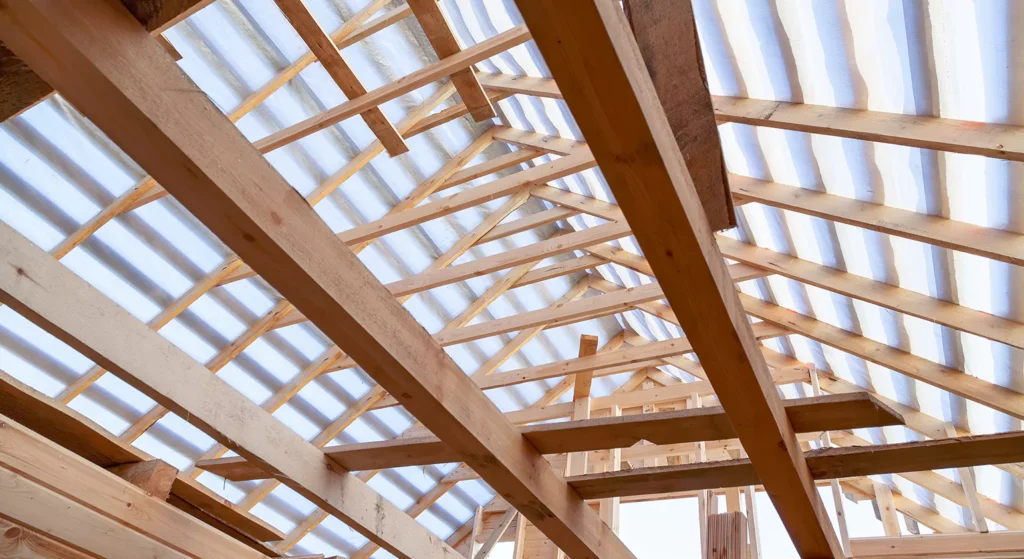
Choosing the best wood beam types for your construction or design project is crucial for both functionality and aesthetics. Wood beams serve as the backbone of many structures, from homes to commercial buildings and outdoor spaces. This guide will walk you through the ideal wood beam types suited for various applications and offer expert advice on how to select the right beam for your specific needs.
Residential Construction
In residential construction, the focus is on balancing strength, cost, and appearance. Common wood beam types used include:
- Solid-Sawn Lumber Beams: Traditional and cost-effective, perfect for short to medium spans in homes. Popular species include Douglas Fir and Southern Pine.
- LVL Beams (Laminated Veneer Lumber): Engineered for long spans and heavy loads, LVL beams offer enhanced stability and resist warping better than solid wood.
- Glulam Beams (Glued Laminated Timber): These are preferred for exposed beams in living areas due to their strength and attractive finish.
Residential builders often select wood beam types that are easy to install and offer consistent performance, making engineered beams like LVL and Glulam highly favored.
Commercial Buildings
Commercial projects require beams that can bear heavy loads and long spans while meeting strict building codes. The most suitable wood beam types include:
- PSL Beams (Parallel Strand Lumber): These beams are exceptionally strong and engineered for high-load applications, making them ideal for commercial structures.
- Glulam Beams: Due to their customizability and high strength-to-weight ratio, Glulam beams are widely used in large commercial spaces like auditoriums or warehouses.
- Flitch Beams: Combining steel and wood, Flitch beams add extra strength for retrofit or specialized commercial applications.
Choosing the right wood beam types in commercial construction ensures safety, longevity, and compliance with industry standards.
Outdoor Structures
- Solid-Sawn Lumber Beams (Pressure-Treated): Pressure-treated solid wood beams resist rot and insects, making them a popular choice for outdoor use.
- Glulam Beams: Their laminated construction adds durability and stability, and they can be treated for outdoor environments.
- Box Beams: Often used in outdoor decorative structures, box beams are lightweight and can be designed to hide wiring or lighting.
Selecting weather-resistant wood beam types is essential for the longevity of outdoor projects.
Decorative Interiors
For interior design, wood beams are as much about style as structure. The following wood beam types are popular for their aesthetic appeal:
- Glulam Beams: Their smooth, finished look is perfect for modern or rustic interiors.
- Timber Frame Beams: Large, exposed timber beams add character and historic charm to homes and commercial interiors.
- Box Beams: Hollow box beams are often used to create the illusion of solid beams and can be stained or painted to match decor.
Decorative beam choices can elevate interior spaces, combining function with design flair.
How to Choose the Right Wood Beam Type
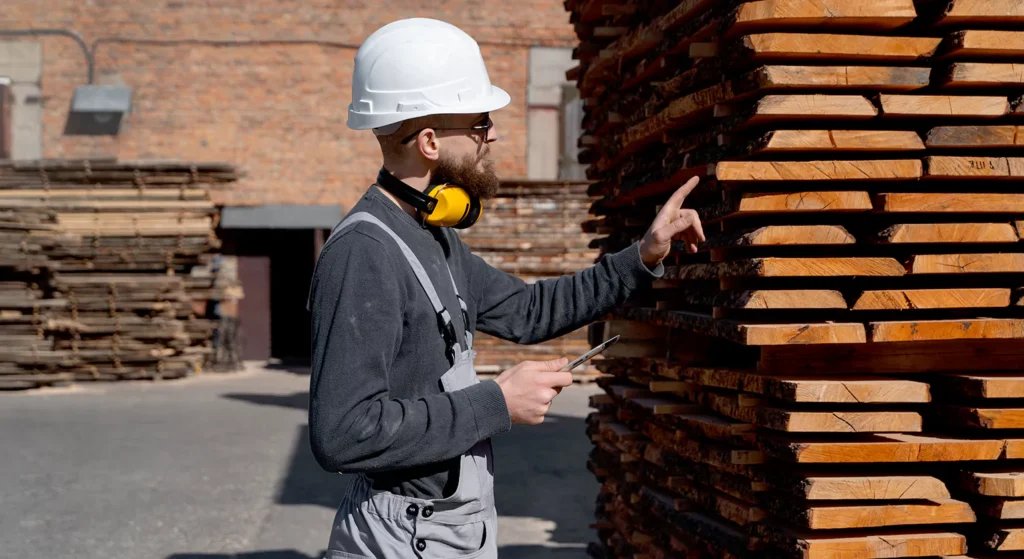
Selecting the right wood beam type depends on several critical factors:
Factors to Consider: Load, Span, Budget, Aesthetics
- Load Requirements: Heavier loads require engineered beams such as PSL or Glulam for safety and performance.
- Span Length: Longer spans often call for LVL or Glulam beams that resist bending and sagging.
- Budget: Solid-sawn lumber is usually more affordable but may lack the strength and durability of engineered beams.
- Aesthetics: Exposed beams like Glulam or timber frame beams can add architectural beauty, whereas concealed beams can save cost.
Climate & Moisture Resistance
Moisture and climate conditions heavily influence beam selection. Pressure-treated solid wood or engineered beams treated for moisture resistance are preferred in humid or wet climates. Glulam and LVL beams often come with protective finishes that improve durability outdoors or in high-humidity interiors.
Advantages & Disadvantages of Each Wood Beam Type

Understanding the pros and cons of wood beams helps you make smarter choices:
Solid-Sawn Lumber Beams
- Pros: Natural look, affordable, widely available.
- Cons: Prone to warping, splitting, and insect damage; limited span length.
Glulam Beams
- Pros: High strength, customizable shapes and sizes, great aesthetics.
- Cons: Higher cost, requires specialized fabrication.
LVL Beams
- Pros: Excellent dimensional stability, strong and reliable.
- Cons: Expensive compared to solid lumber, not as visually appealing if exposed.
PSL Beams
- Pros: Very high strength, suitable for heavy loads.
- Cons: High cost, limited availability.
LSL Beams
- Pros: Cost-effective engineered option, good uniformity.
- Cons: Lower strength than PSL or LVL, limited span use.
Box Beams
- Pros: Lightweight, can conceal utilities.
- Cons: Less structural strength, mainly decorative.
Flitch Beams
- Pros: Combines steel strength with wood aesthetics, great for retrofits.
- Cons: Heavier and more complex to install.
Timber Frame Beams
- Pros: Strong, visually striking, traditional craftsmanship.
- Cons: Very expensive, requires skilled labor.
Cost Guide: Wood Beam Types Price Comparison

When planning a construction or remodeling project, budget is always a key consideration. The cost of wood beam types varies widely depending on the material, size, engineering, and availability. Below is an overview of price ranges for the most common wood beams, helping you gauge what to expect financially.
Wood Beam Type | Average Cost (per linear foot) | Cost Factors |
Solid-Sawn Lumber | $4 – $8 | Species, grade, size, treatment |
Glulam Beams | $12 – $25 | Lamination layers, custom sizes |
LVL Beams | $10 – $20 | Veneer quality, length, thickness |
PSL Beams | $18 – $30 | Strand length, adhesive quality |
LSL Beams | $8 – $15 | Strand size, application |
Box Beams | $10 – $18 | Material thickness, assembly complexity |
Flitch Beams | $15 – $28 | Steel plate thickness, wood species |
Timber Frame Beams | $20 – $40+ | Handcrafted vs. machine-milled, size |
Key Cost Insights
- Solid-sawn lumber beams are the most economical option but may require more maintenance.
- Engineered beams like Glulam, LVL, and PSL carry higher upfront costs due to manufacturing but often provide better performance and longevity.
- Custom shapes, finishes, and treatments increase prices, especially for exposed or decorative beams.
- Always factor in delivery and handling costs, especially for large, heavy beams.
Installation Tips for Different Wood Beam Types
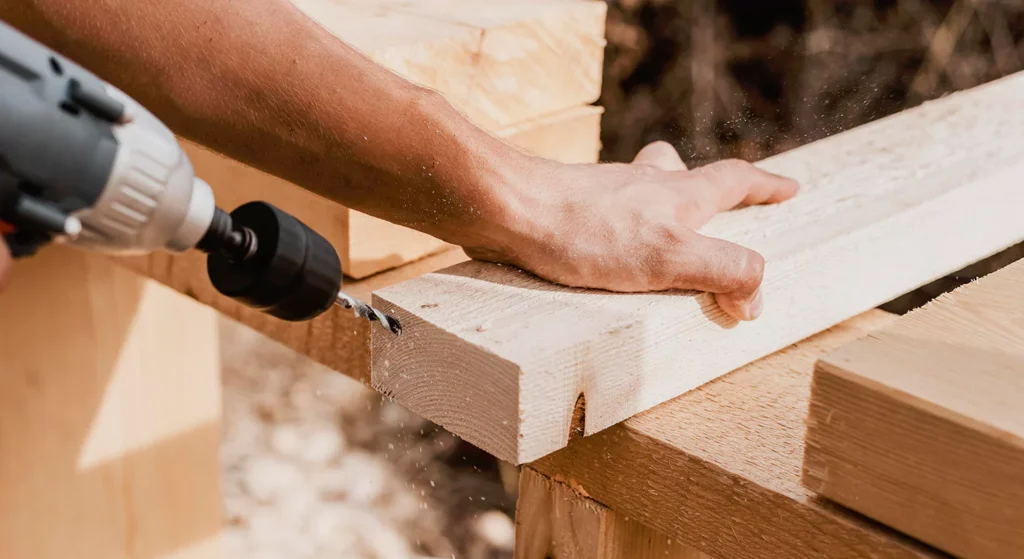
Proper installation is critical for ensuring the strength and safety of any wood beam structure. Here’s a practical beam installation guide tailored to popular wood beam types:
Installing Solid-Sawn Lumber Beams
- Handling: Because solid wood can be prone to warping, store beams flat and dry before installation.
- Support: Use proper joist hangers or bearing pads to evenly distribute weight.
- Fastening: Nails or screws designed for structural framing are recommended.
- Sealing: Apply wood sealant or paint to protect exposed beams from moisture and insects.
Installing Engineered Wood Beams (Glulam, LVL, PSL, LSL)
- Pre-Planning: Engineered beams often come pre-cut, so double-check dimensions before delivery.
- Handling: These beams are heavy; use cranes or lifts to avoid damage and injury.
- Connections: Use manufacturer-recommended fasteners such as structural screws or bolts for secure joints.
- Alignment: Ensure beams are level and properly supported to avoid deflection or sagging.
- Protection: Apply coatings if beams will be exposed to moisture or weather.
Installing Box Beams
- Assembly: Box beams are typically assembled on-site; ensure panels are square and seams are tightly joined.
- Attachment: Secure with construction adhesive and finish nails or screws.
- Concealment: Plan for electrical wiring or HVAC ducts if applicable before closing the box.
Installing Flitch Beams
- Weight Considerations: These beams are heavier due to steel plates; plan for additional support during installation.
- Bolting: Use bolts with washers to tightly clamp wood and steel layers.
- Corrosion Protection: Treat steel plates to prevent rust, especially in humid environments.
General Installation Tips for All Wood Beam Types
- Always follow local building codes and manufacturer instructions.
- Use proper safety equipment and procedures.
- Consider professional installation for heavy or complex beams.
- Inspect all beams before installation for defects or damage.
Maintenance & Lifespan of Wood Beams
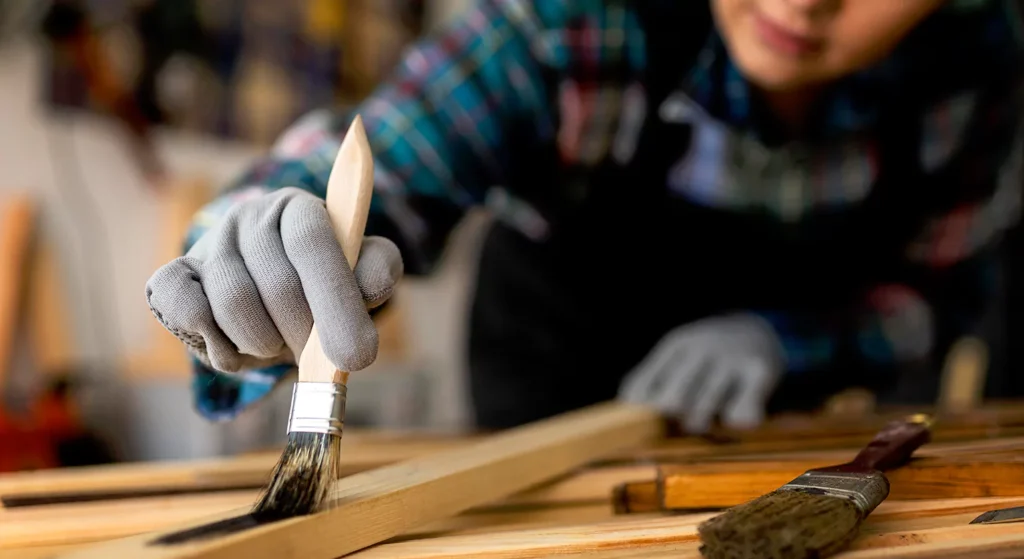
The lifespan of wood beam types depends on their quality, installation, environmental exposure, and maintenance. Here’s how to maximize longevity:
Preventing Warping and Rot
- Moisture Control: Wood is sensitive to moisture; keep beams dry and ensure proper drainage around outdoor beams.
- Sealing & Finishing: Apply water-repellent sealers or paint to protect beams, especially in exposed or humid conditions.
- Ventilation: Ensure good air circulation around beams to reduce condensation and mold growth.
- Inspection: Regularly check for signs of rot, cracks, or insect damage, especially in solid-sawn lumber beams.
Cleaning & Repair
- Cleaning: Dust and clean exposed beams with mild detergent and water to prevent dirt buildup.
- Minor Repairs: Fill small cracks with wood filler or epoxy. Replace sections if damage is extensive.
- Pest Control: Treat or inspect beams for termites and other wood-boring insects regularly.
Extending Durability of Wood Beam Types
To extend the durability and performance of your wood beams, consider these best practices:
Use Treated or Engineered Wood for Challenging Environments
- Pressure-treated solid wood resists decay in outdoor or moist environments.
- Engineered beams (LVL, Glulam, PSL) offer superior dimensional stability and are less prone to splitting and warping.
Proper Structural Design and Load Management
- Ensure beams are sized correctly for their span and load.
- Avoid overloading beams beyond their rated capacity to prevent premature failure.
Regular Maintenance Schedule
- Schedule routine inspections annually or biannually.
- Reapply protective coatings every few years, especially for outdoor beams.
Professional Consultation
- Work with structural engineers and experienced contractors for complex installations or retrofits.
- Use their expertise to select the most suitable wood beam types and maintenance plan for your project.
Conclusion
Choosing the right wood beam types is essential for ensuring structural strength, durability, and aesthetic appeal in any construction project. By understanding the cost differences, proper installation techniques, and maintenance requirements of various beams—from solid-sawn lumber to engineered options like Glulam, LVL, and PSL—you can make informed decisions that maximize performance and longevity. Prioritizing quality materials and following best practices in installation and upkeep will help your wood beams withstand environmental challenges and maintain their beauty for years to come.
Know More>>> Structural Wood Beams: Types, Sizes, Load Charts, Cost & Installation Guide
FAQ’S
1. Which wood beam is the strongest?
The strongest wood beams are typically engineered beams like Parallel Strand Lumber (PSL) and Glued Laminated Timber (Glulam). These beams are designed to handle heavy loads and long spans, making them ideal for demanding structural applications.
2. Which is the cheapest wood beam?
Solid-sawn lumber beams are generally the most affordable option. They are readily available and cost less upfront compared to engineered beams like LVL or PSL, but may require more maintenance.
3. Can wood beams be used outdoors?
Yes, wood beams can be used outdoors, but it’s important to choose moisture-resistant types such as pressure-treated solid wood, Glulam beams with protective coatings, or properly sealed engineered beams to prevent rot and decay.
4. What are the main differences between Glulam and LVL beams?
Glulam beams are made by gluing multiple layers of solid wood laminations and are often used where aesthetics matter, while LVL beams are made from thin wood veneers glued together for high strength and dimensional stability, typically used in concealed structural applications.
5. How long do wood beams last?
With proper installation and maintenance, wood beams can last 30 to 50 years or more. Engineered beams tend to have longer lifespans due to their resistance to warping and splitting.
6. Are wood beams environmentally friendly?
Yes, wood beams are renewable and biodegradable, especially when sourced from sustainably managed forests. Engineered wood beams also use wood more efficiently, reducing waste.
7. Can wood beams support heavy loads?
Absolutely. Engineered beams like PSL, LVL, and Glulam are specifically designed to support heavy structural loads, often exceeding the strength of traditional solid-sawn lumber.

